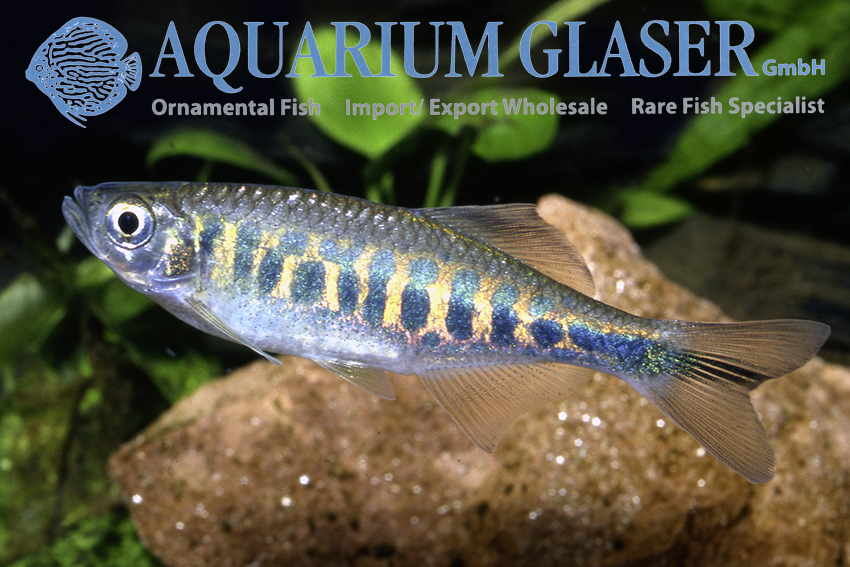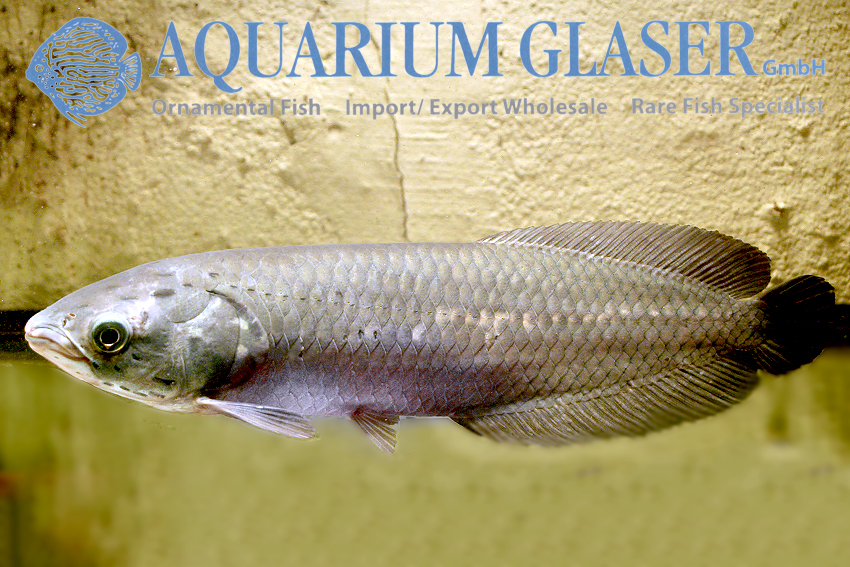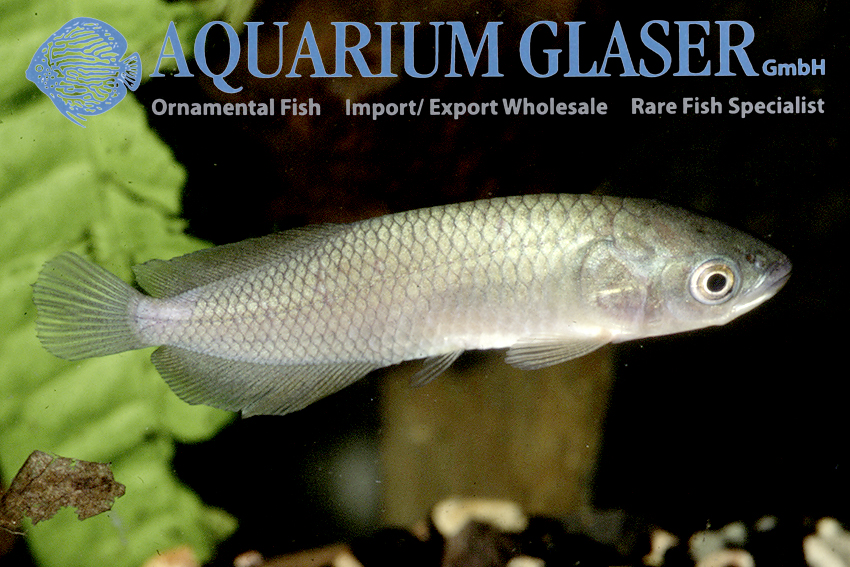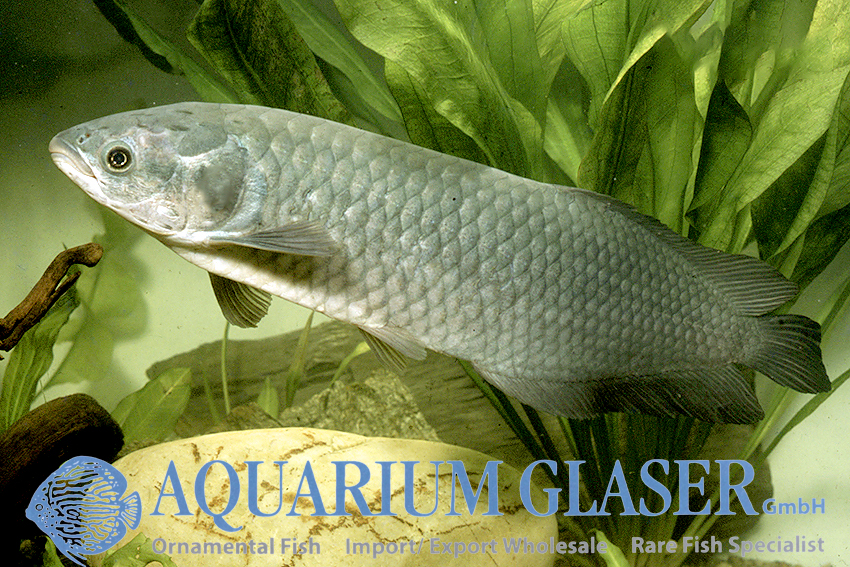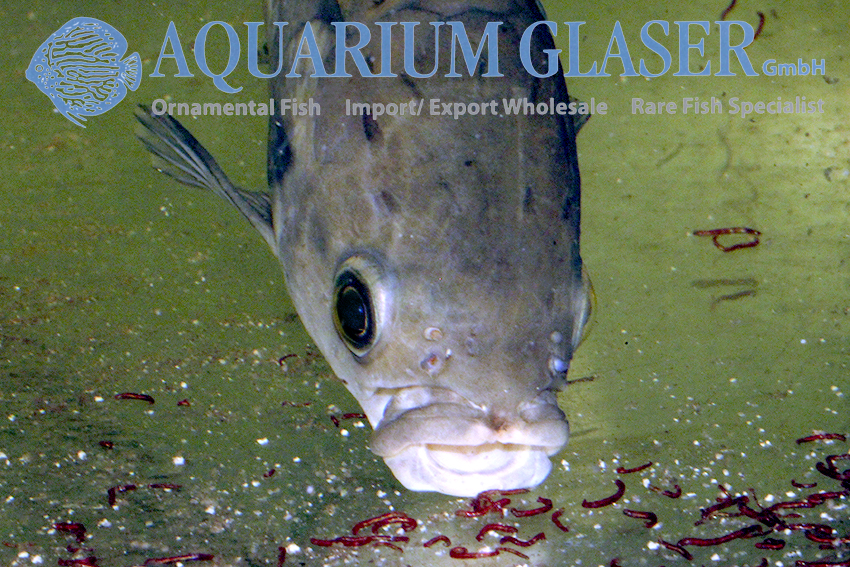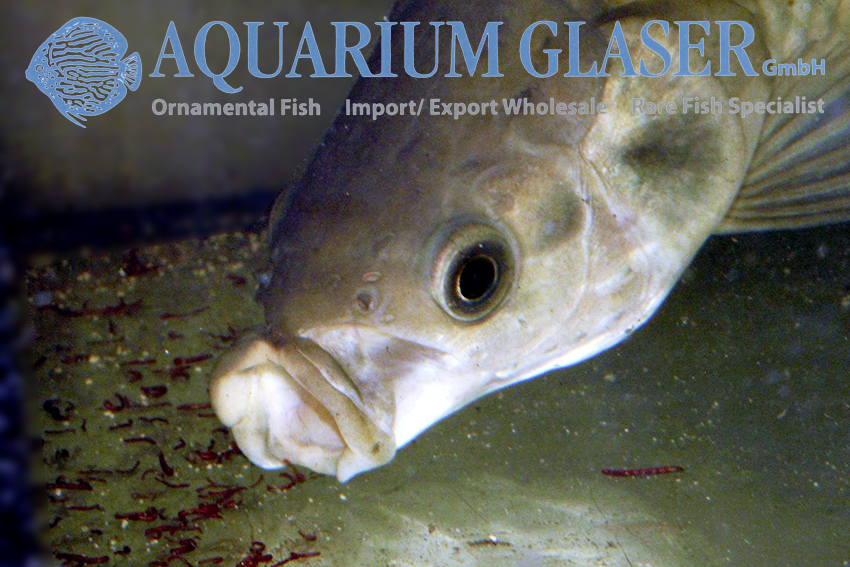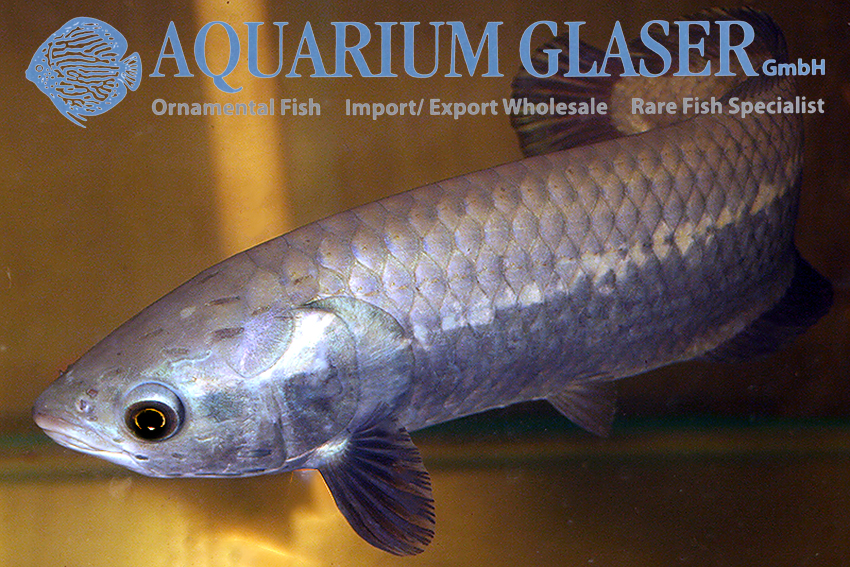
In 1993 Kullander & Prada-Pedreros described Nannacara adoketa. The species name of these cichlids relates to the unexpected occurrence in Rio Negro in Brasil. Full-grown males can be easily distinguished from the smaller females, which additionally are stronger coloured than the males. The German name describes the special colouring of these dwarf cichlids. For the successful keeping, this marvellous fish requires soft (under 100 µS/cm), sour water (3.5-5 pH) and an aquarium with a floorspace of 80cm x 30cm minimum. With many roots and rocks the tank should offer possibilities to hide. These dwarf cichlids love to eat earthworms among water fleas and red mosquito larvas. The breeding causes many problems, because it depends on several conditions. One of the breeding conditions is the correct installation. The fish preferably spawn on horizontal slates. These must have a protection, which is half a hole made out of roots, a half coconut shell or rocks. A courting, which lasts almost one week precedes the spawing. The couples signalize their mutual interest by vehement head shaking, crassest change of colour – when a deep black in the breast region is determinant – and slight diagonal body positions up. In the late afternoon the fish spawn. The clutch includes approx. 100 eggs. The successful development depends on the water. The spawn care is taking several weeks, while the interesting fact about it is the distribution of the parts between male and female. Both sexes show deep black bellies during taking care of the spawn. Among the installation, the water substance and the correct feeding another condition must be complied to make the fish spawn. Finding out this condition is a challenge.
| Angaben zum Tier | |
|---|---|
| Herkunft | Brasilien |
| Name | Nannacara adoketa |




























